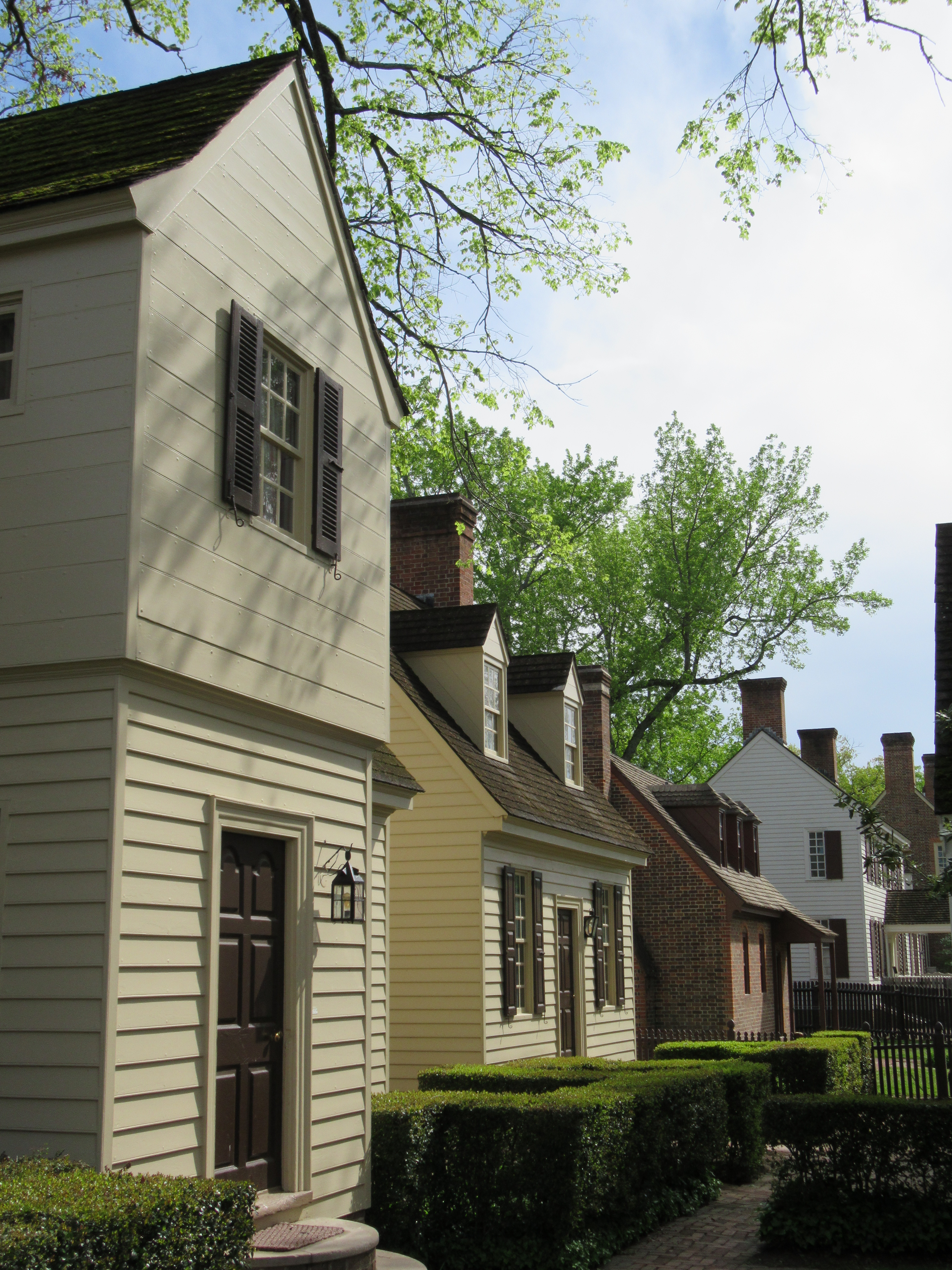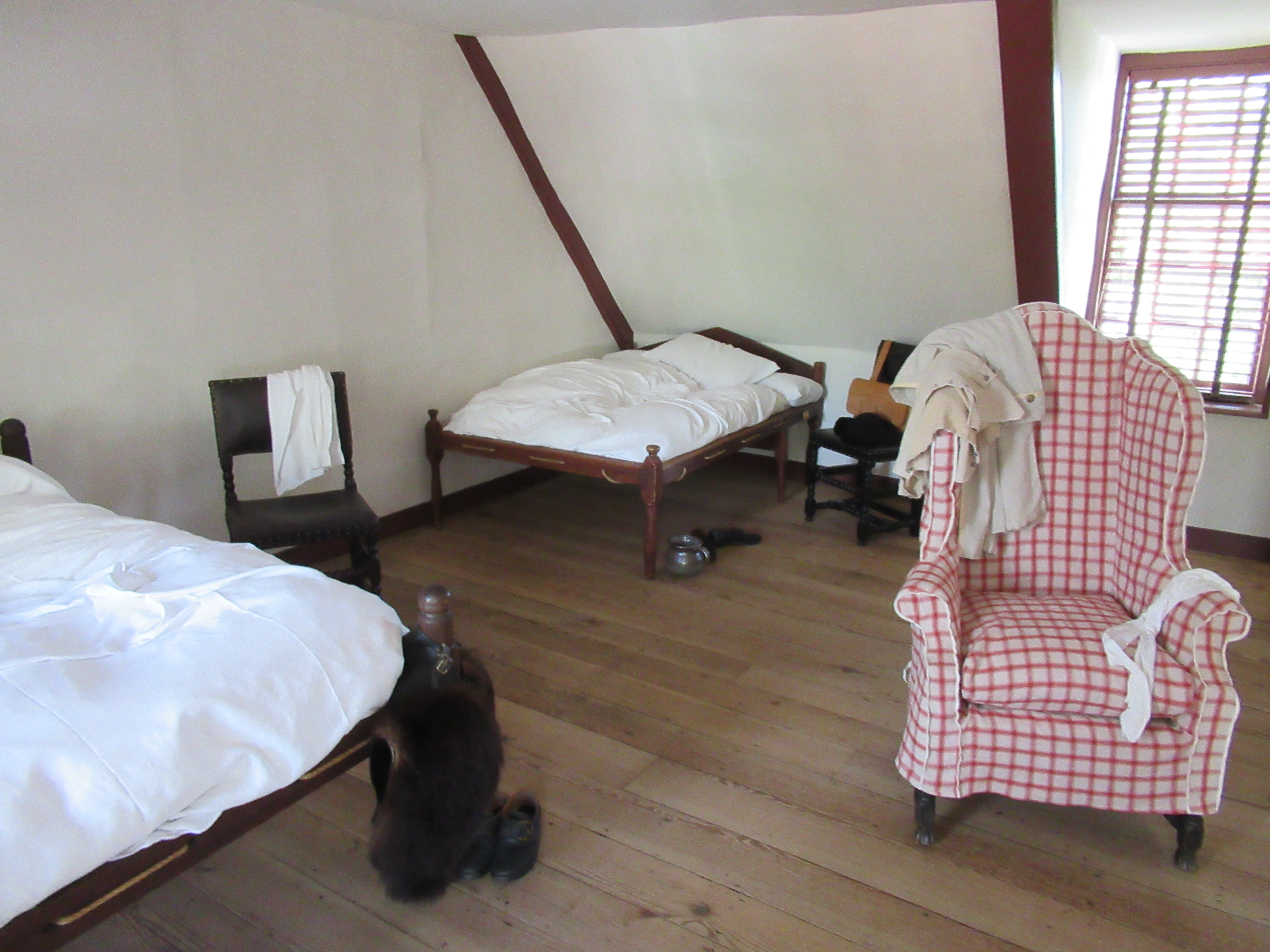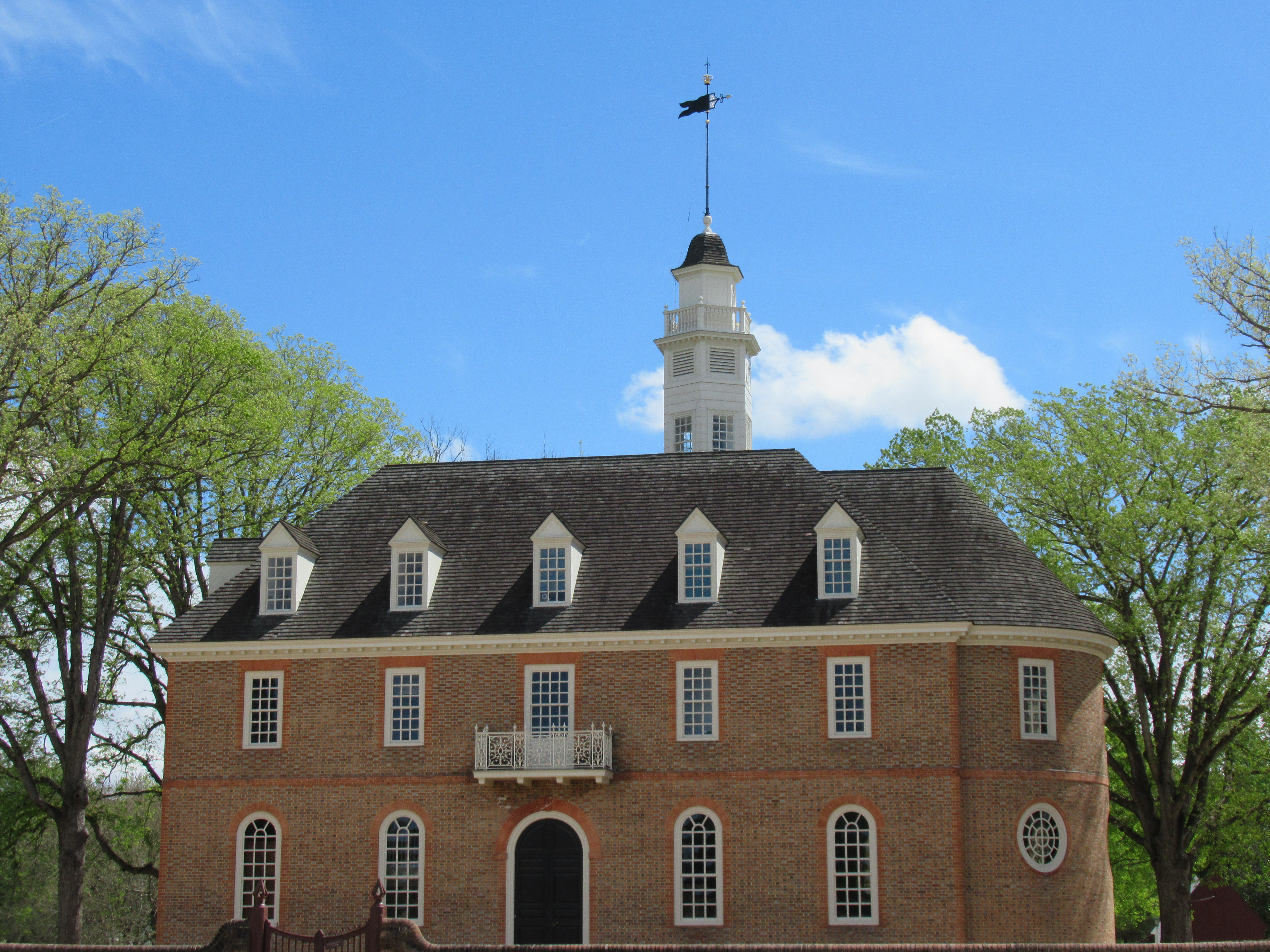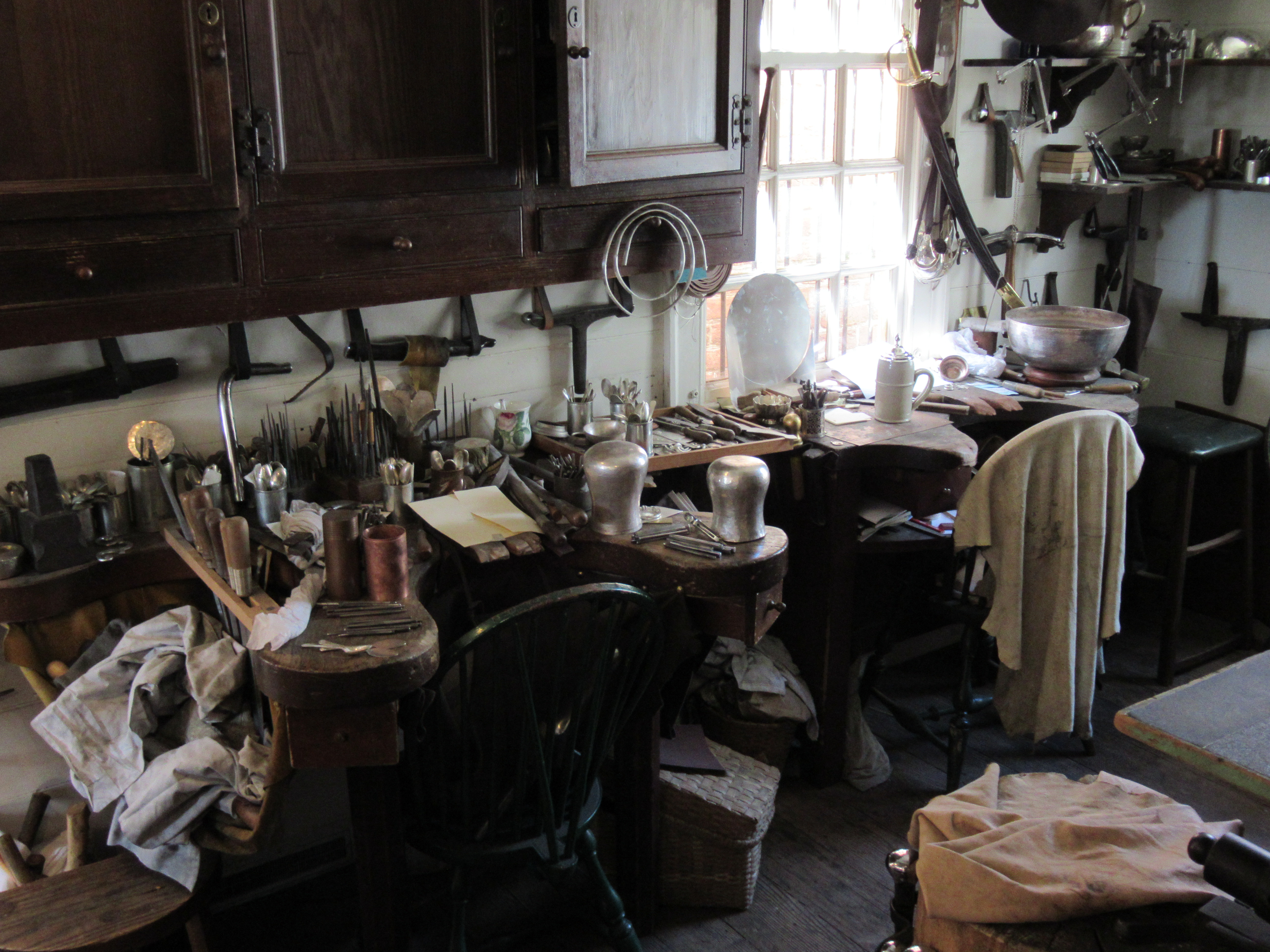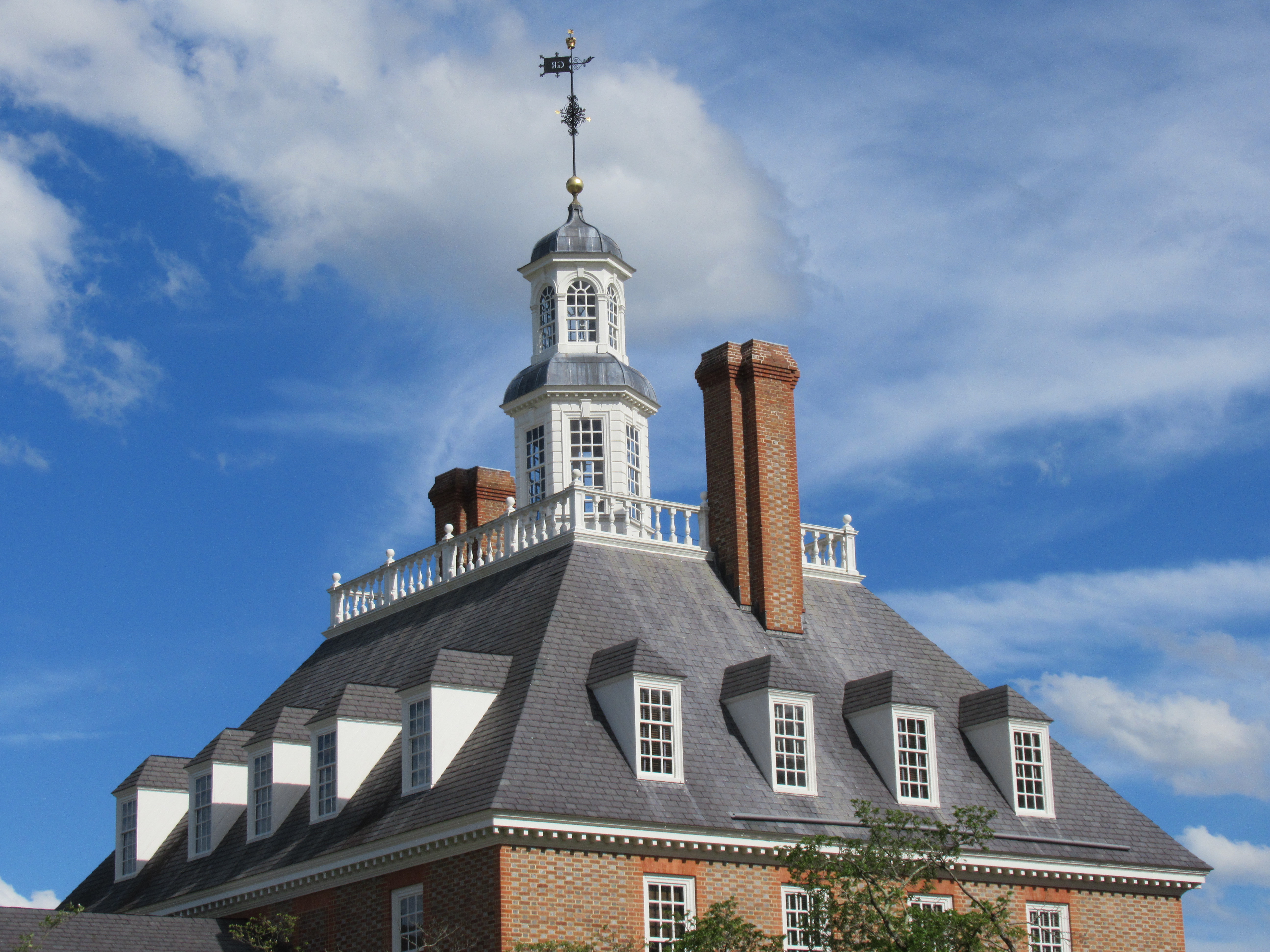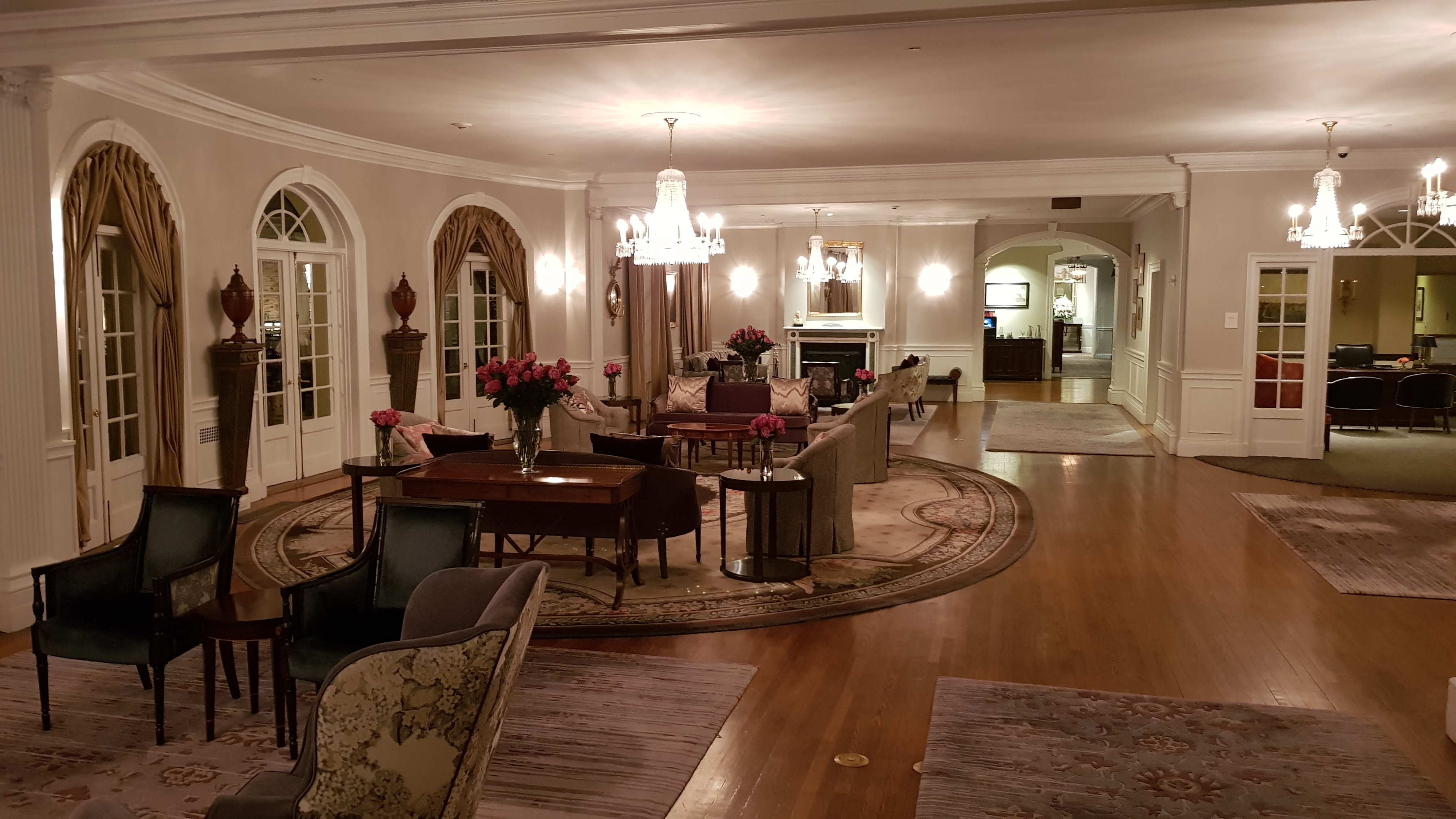Saturday, 20 April 2019
Williamsburg, Virginia, USA
Colonial Williamsburg. Former capital of the Virginia Colony. Founded in 1632 as Middle Plantation when the nearby Jamestown was first settled by the British in 1607. Jamestown remained as the capital until 1699 when Williamsburg took over and remained capital until 1780. The historic town has been restored and recreated and is apparently the world’s largest living history museums. Wouldn’t you know.
It’s a cross between Buckler’s Hard, Blists Hill and Beamish. The 18th century buildings have been restored with a few originals. It’s fascinating insight into American and British history. There’s many ‘ye olde’ shops and crafts being demonstrated such as making wigs, cabinets, bricks, carpentry, blacksmith, silversmith, tinsmith and the like. Each volunteer dressed in colonial clothing and using traditional colonial methods to make their crafts.
Virginia got its name from the Virginia Company, chartered by James I, whose goal was to establish settlements on the coast of America.
Inside the old Capitol building given a performance by actors as a throwback to the build up to Independence. Very entertaining and informative.
So.
Here in a nutshell.
Just for you, dear reader, is a precis of 200 years of American history leading to independence.
In 1607, settlers arrived at Jamestown and created the capital of the Colony of Virginia, on the river a few miles away from Williamsburg. In 1632, Middle Plantation was founded which later became Williamsburg.
In 1699, after a fire burnt down much of Jamestown, and because Williamsburg was at a slightly higher elevation, the capital transferred there.
Later generations of former settlers became concerned by the British Parliament setting taxation on the colonies in the 1700s, without representation of those colonies. In the 1760s, Acts such as the Sugar Act, Quartering Act and the so called Townshend Acts led to further discord in the colonies.
The final nail in the coffin was perhaps when Parliament introduced the Tea Act in 1773. The objective being to help the British East India Company sell its tea to the colonies (as it had a massive surplus in its warehouses in London and was in financial difficulties). Rather than the colonies using smuggled Dutch tea, which was cheaper.
This led to the so called ‘Boston Tea Party’ when angry colonists boarded East India ships in Boston harbour and threw the tea overboard.
Which led to the British getting a bit tetchy about seeing all that tea being discarded.
You know how much we like our tea.
In doing so, tensions were raised between the colonies and the British and led to the American War of Independence starting in April 1775. Caused by the British attempting to disarm the Massachusetts militia which led to militia forces besieging Boston forcing a British evacuation in March 1776.
Which led to the colonies issuing their Declaration of Independence on 4 July 1776.
At the same time, the Virginia House of Burgesses were meeting here in Williamsburg, in the very room where I stand, and by their Fifth Convention between May and July 1776, declared Virginia an independent state.
And there you have it. A cheat’s guide to American Independence.
Like the BBC, I like to entertain, educate and inform.
Williamsburg today is a really nice place to visit and is highly recommended. Broad tree lined street with 18th and 19th century properties either side. At the other end of the town from the Capitol building (which was rebuilt in the 1930s), is the William and Mary University, founded in 1693, and educated three presidents (Jefferson, Monroe and Tyler). After Harvard University, it’s the second oldest university in the USA.
The other major building in the town is the Governor’s Palace, completed in 1722. Many swords, muskets and pistols decorate the main entrance hall.
Having not studied American pre-20th century history at school, it’s been a very informative day and now wanting to know more.
After the drudgery of Florida, it’s been an excellent and educational few days.


